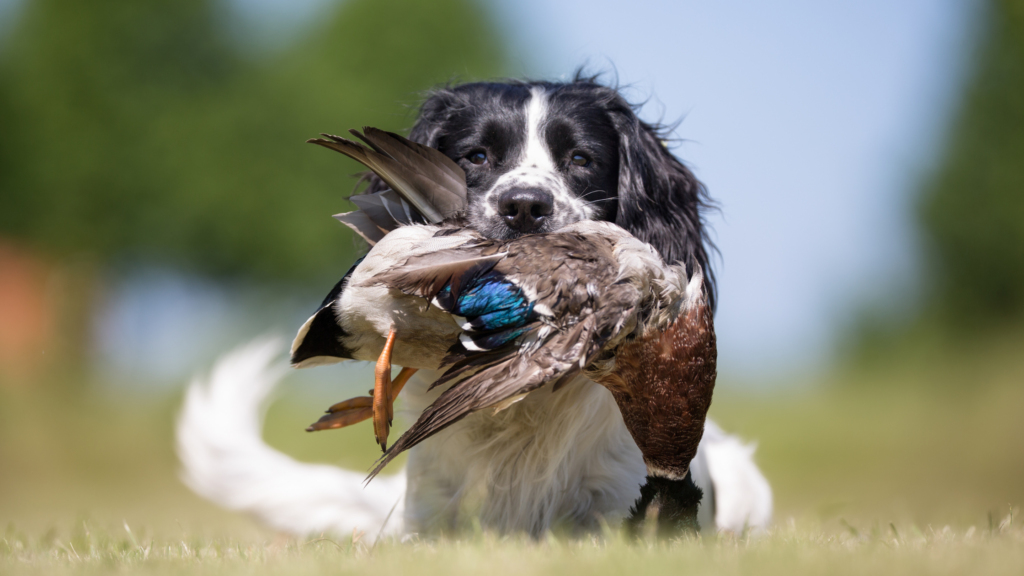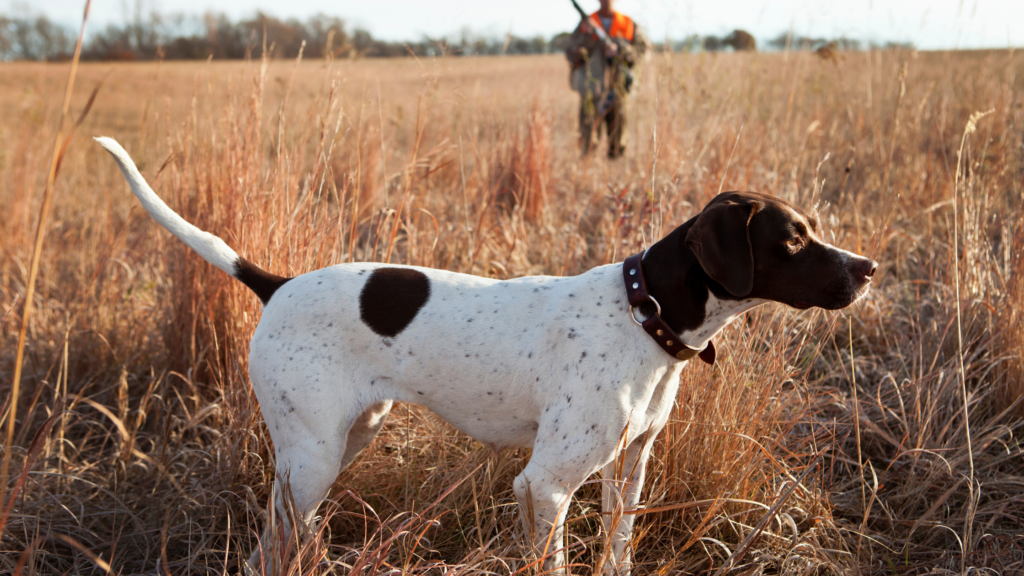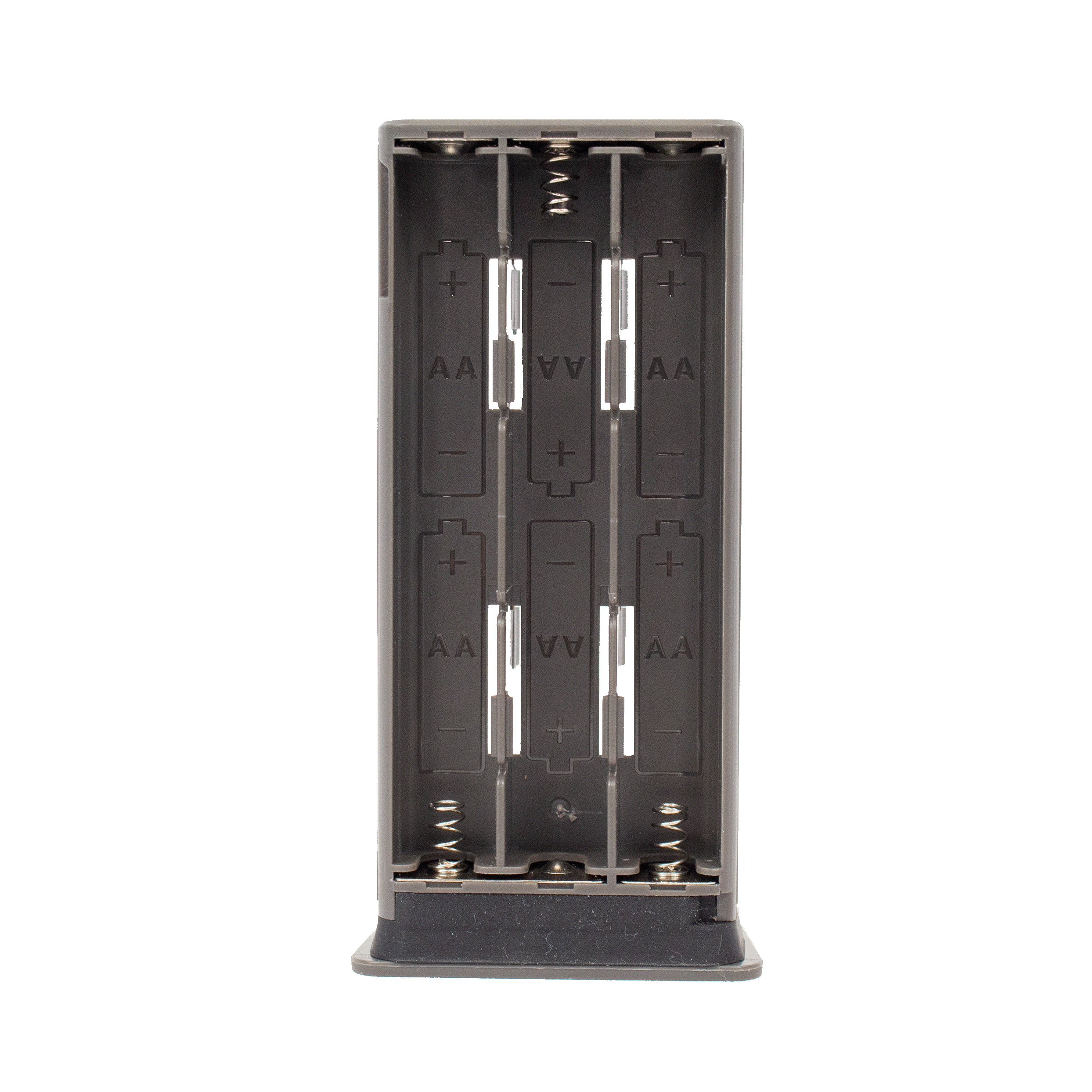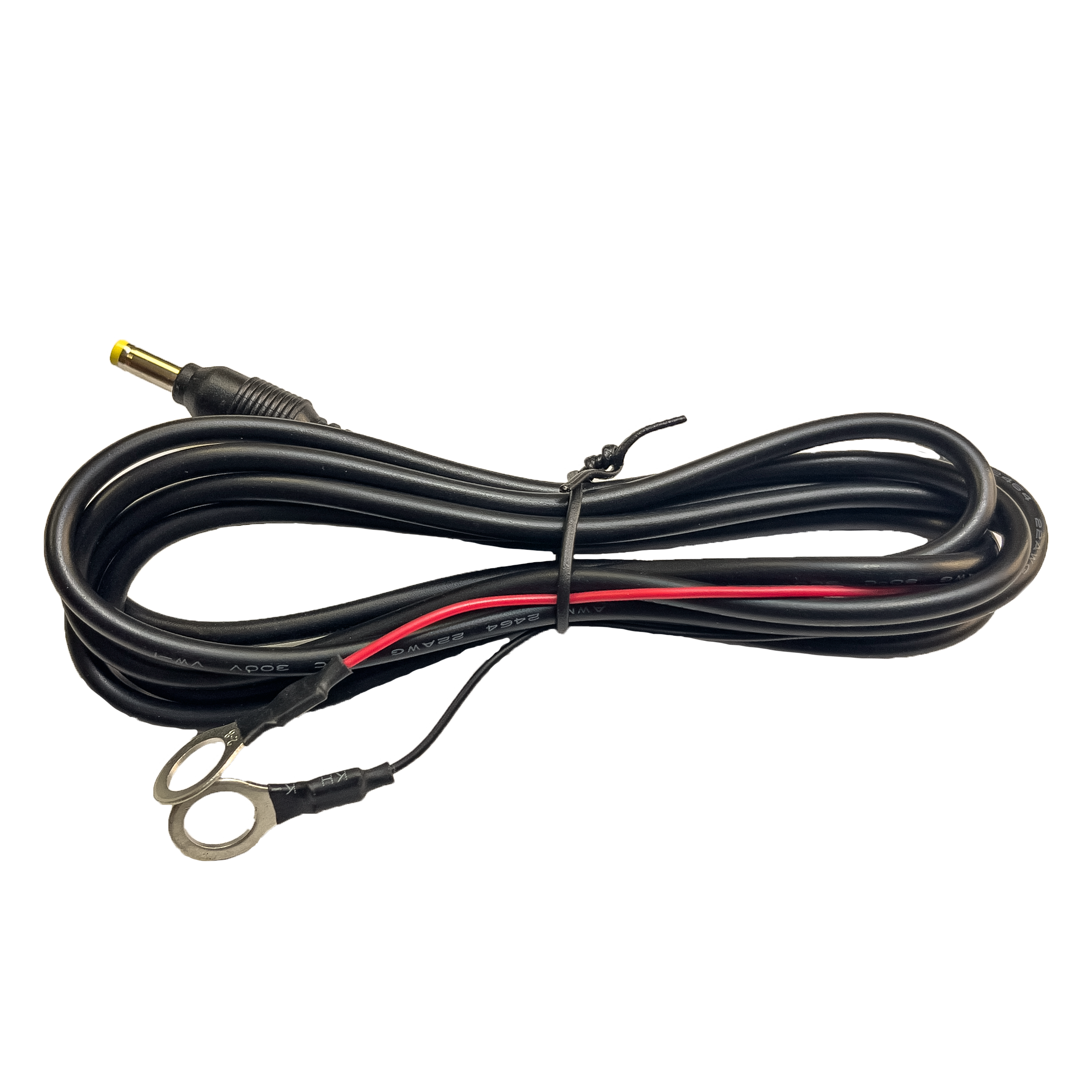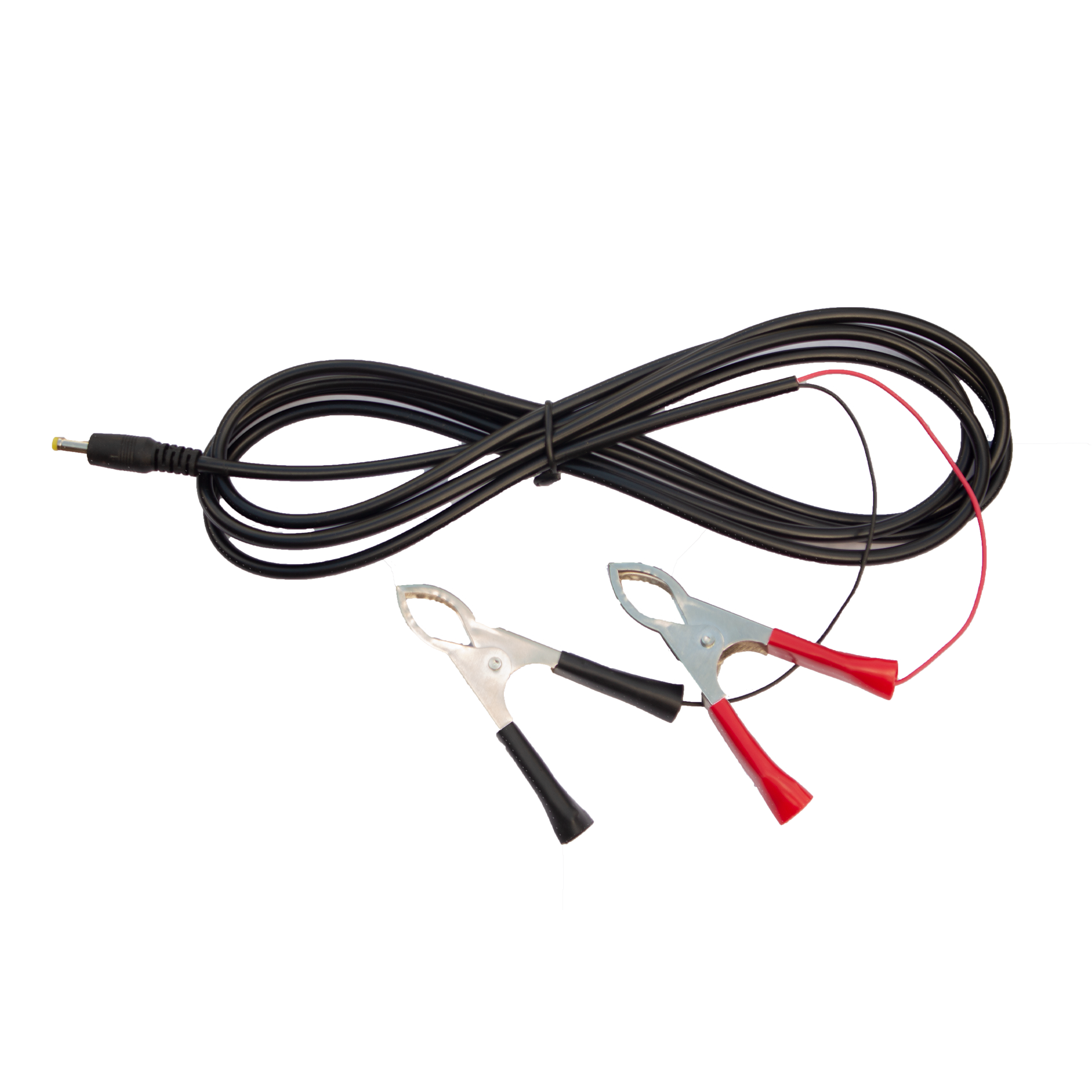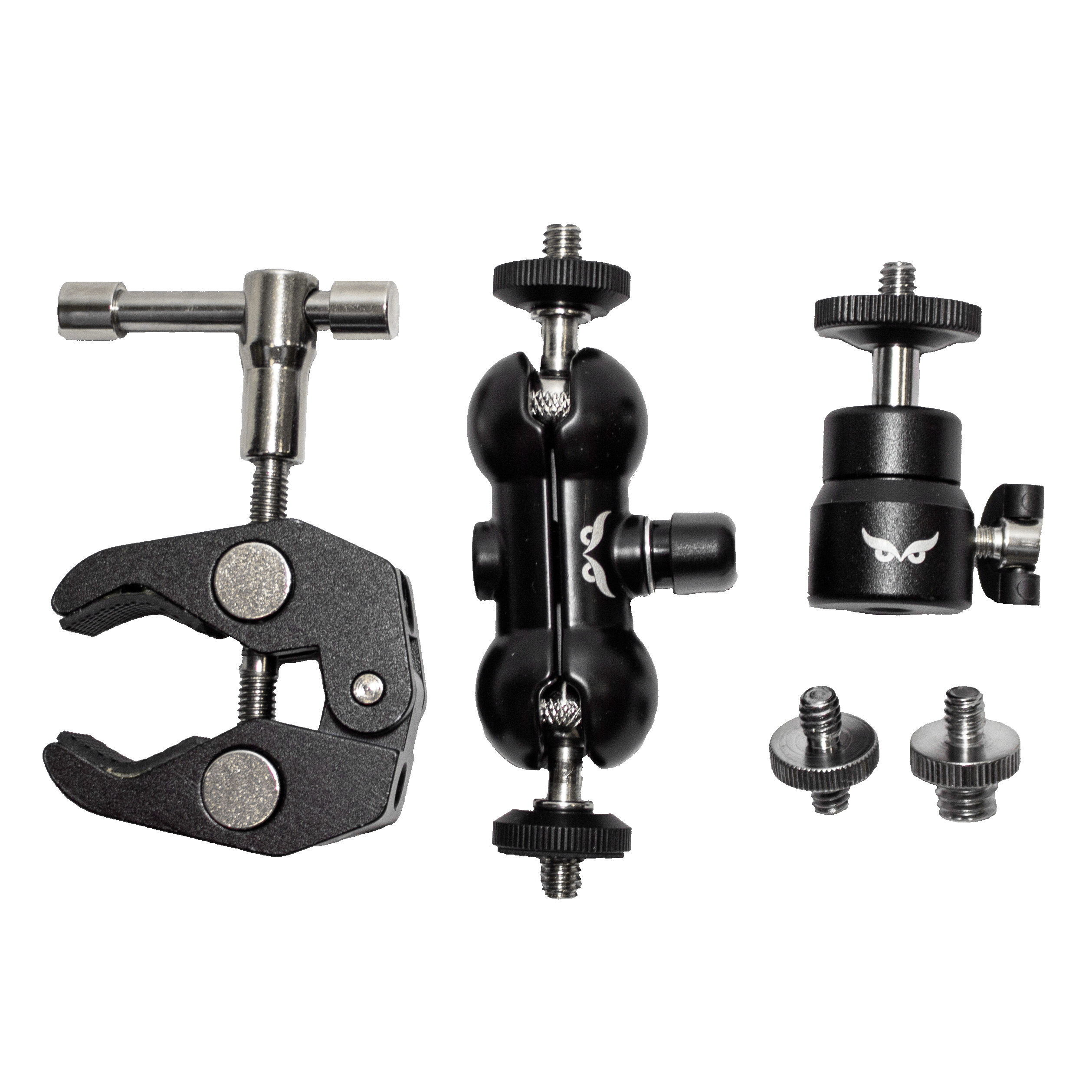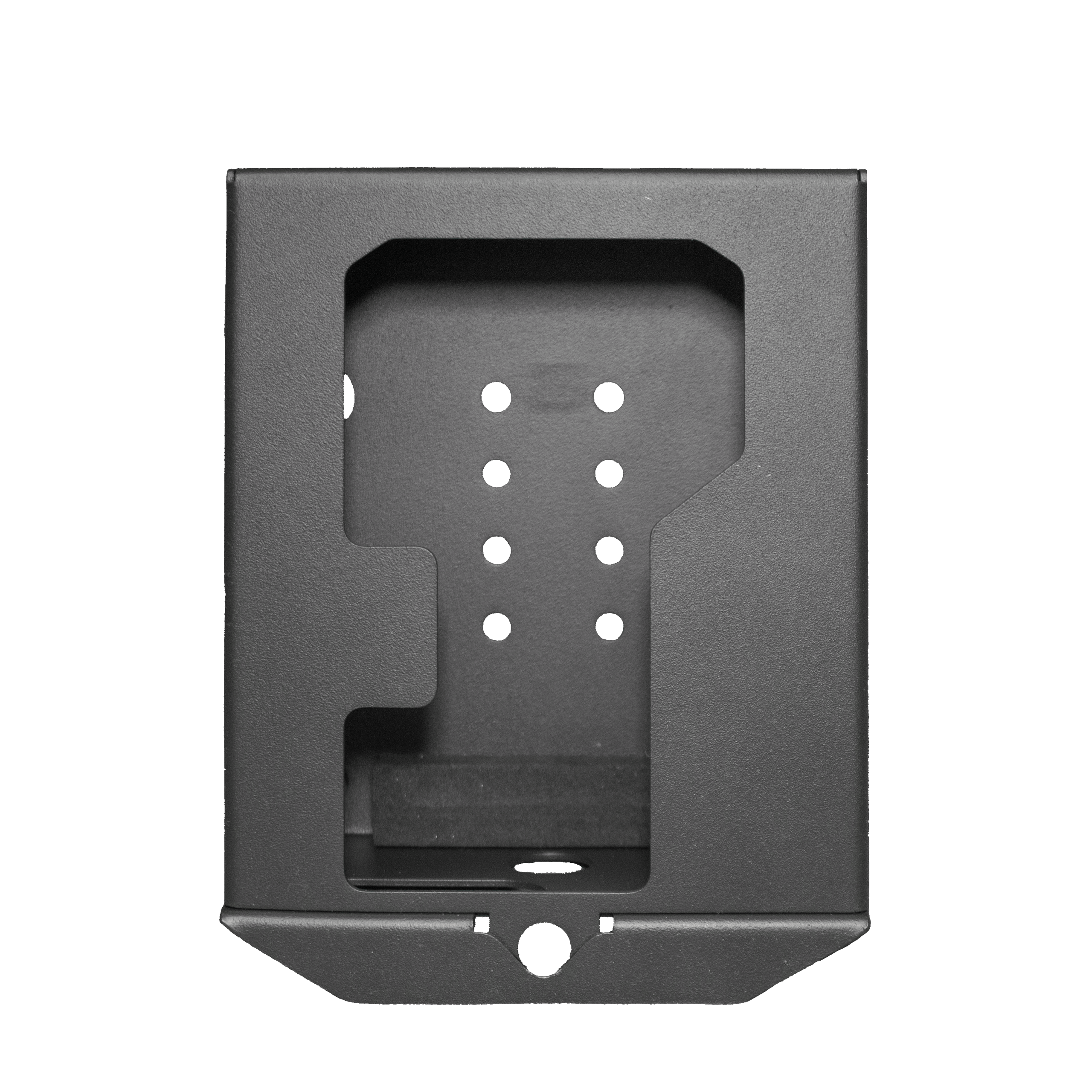Training a hunting dog is a task that requires skill, patience, and consistency. While seasoned trainers have their methods, even experienced individuals can fall into common pitfalls. These dog training mistakes can undermine the effectiveness of training and impact the dog’s performance.
In this comprehensive guide, we will explore five common dog training mistakes and provide practical solutions to avoid them, ensuring your hunting dog reaches its full potential.
Mistake 1: Inconsistency in Commands and Expectations
Inconsistent training is a significant obstacle in dog training. When commands or expectations vary, it leads to confusion for the dog. For example, if you use different words or gestures for the same command, your dog may struggle to understand and follow through. This inconsistency can hinder progress and result in a lack of reliability in the field.
How to Avoid It
Standardize Commands: Choose specific commands and stick to them consistently. Ensure that everyone involved in training your dog uses the same terminology and hand signals. This helps create a clear and uniform communication system.
Consistency in Practice: Establish a regular training routine and adhere to it. Consistent practice reinforces commands and behaviors, helping your dog learn more effectively. Avoid mixing up commands or changing instructions mid-training.
Clear Communication: Make your commands precise and straightforward. Avoid using multiple words for the same command, and ensure that your instructions are easy for your dog to understand. For instance, use “sit” consistently rather than “sit down” or “take a seat.”
Mistake 2: Neglecting Positive Reinforcement
Many trainers rely heavily on negative reinforcement or punishment, which can create fear and anxiety in dogs. Positive reinforcement, on the other hand, involves rewarding desired behaviors, making training more enjoyable and effective. Neglecting positive reinforcement can lead to resistance and a lack of motivation in your dog.
How to Avoid It
Reward Desired Behaviors: Use treats, praise, or toys to reward your dog immediately after they exhibit the desired behavior. Positive reinforcement helps your dog associate the action with a pleasant outcome, encouraging them to repeat the behavior.
Be Timely: Ensure that rewards are given promptly after the desired behavior occurs. This timing helps your dog connect the reward with the specific action, making the training process more effective.
Gradually Fade Rewards: As your dog becomes more proficient in their training, gradually reduce the frequency of rewards. However, continue to offer occasional praise to maintain motivation and reinforce good behavior.
Mistake 3: Overlooking Socialization
Socialization is a crucial aspect of a well-rounded hunting dog’s development. Dogs that are not exposed to various environments, people, and other animals may become fearful or aggressive. This lack of socialization can negatively impact their behavior and performance, especially in diverse hunting scenarios.
How to Avoid It
Early Socialization: Begin socializing your dog at a young age. Introduce them to different environments, sounds, and experiences to build their confidence and adaptability. Early socialization helps prevent behavioral issues and prepares your dog for various situations.
Controlled Exposure: Gradually expose your dog to new experiences and environments in a controlled manner. Use positive reinforcement to make these experiences enjoyable and less intimidating. For instance, introduce your dog to different types of terrain or other animals in a positive setting.
Ongoing Socialization: Continue socializing your dog throughout their life. Regular exposure to new environments and situations helps maintain their well-adjusted behavior and prevents issues from arising in unfamiliar settings.
Mistake 4: Ignoring the Dog’s Natural Instincts
Hunting dogs possess natural instincts that can be leveraged to enhance their training. Ignoring these instincts and attempting to force unnatural behaviors can lead to frustration and ineffective training. For example, trying to suppress a dog’s prey drive can diminish their enthusiasm and performance in the field.
How to Avoid It
Leverage Natural Abilities: Identify and utilize your dog’s natural instincts. If your dog has a strong prey drive, incorporate scent work and retrieval exercises into their training. This approach aligns with their natural tendencies and makes training more engaging.
Adjust Training Methods: Tailor your training techniques to complement your dog’s natural abilities. For instance, if your dog excels in tracking, focus on exercises that enhance their tracking skills rather than forcing them into activities they find less appealing.
Provide Appropriate Outlets: Ensure that your dog has opportunities to express their natural instincts in a controlled and constructive manner. This can include activities such as scent trails or mock hunts that align with their inherent skills and drive.
Mistake 5: Lack of Patience and Persistence
Training a hunting dog is a process that requires patience and persistence. Many trainers become discouraged when they do not see immediate results, leading to frustration and inconsistent efforts. Lack of patience can hinder progress and negatively impact the dog’s behavior and training outcomes.
How to Avoid It
Set Realistic Goals: Understand that dog training is a gradual process. Set achievable goals and break down the training into manageable steps. Celebrate small successes along the way to maintain motivation and track progress.
Stay Calm and Consistent: Maintain a calm and positive demeanor during training sessions. Consistency in your approach helps reinforce the desired behaviors and fosters a positive learning environment for your dog.
Seek Professional Help if Needed: If you encounter persistent challenges or difficulties, consider consulting a professional dog trainer. Experienced trainers can provide additional guidance, support, and techniques to overcome obstacles and achieve training goals.
BONUS: Other Dog Training Mistakes
While the primary mistakes we’ve discussed are critical, there are a few additional pitfalls that can impact training success. Here are some other common dog training mistakes to watch out for:
Lack of Clear Leadership: Failing to establish clear authority can lead to confusion and behavioral issues in your dog.
Inadequate Exercise and Mental Stimulation: Insufficient physical and mental activity can result in boredom and undesirable behaviors.
Relying Solely on Verbal Commands: Over-dependence on verbal commands without incorporating visual cues can hinder effective communication.
By being aware of these additional mistakes, you can further refine your training approach and ensure your hunting dog reaches its full potential.
Conclusion
Avoiding common dog training mistakes is essential for developing a well-trained hunting companion. By addressing issues such as inconsistency, neglecting positive reinforcement, overlooking socialization, ignoring natural instincts, and lacking patience, you can set your dog up for success. Remember, effective training takes time and dedication, but the rewards are well worth the effort.
Ready to take your dog training to the next level?
Visit HuntEmUp today to explore our wide selection of top-quality dog training products!
Whether you’re a seasoned hunter or just getting started, we have everything you need to succeed in the field. Don’t miss out – equip yourself with the best, and take your hunting game to the next level!
